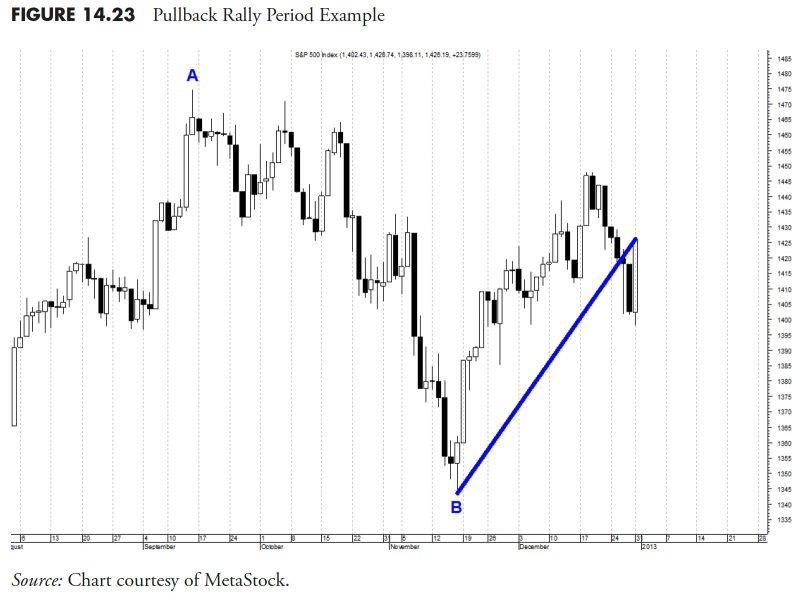
Mastering Security Selection: Rules and Guidelines – Unveiling the Secrets of Money Management Part 5
In the fifth installment of this extensive discussion on rules-based money management, we delve into the important concept of security selection, along with a detailed exploration of the critical rules and guidelines that ensure effective financial decisions.
Security selection is one of the central aspects of the money management realm. In simple terms, it refers to the process of identifying and choosing investment securities that would appropriately fit into a cohesive and profitable investment portfolio. This could range from individual stocks, bonds, mutual funds, to other investment products like structured products or exchange-traded funds. The choice ultimately rests on the investor’s financial goals, risk tolerance, time horizon, and overall investment strategy.
The process of security selection usually starts with a broad market analysis. This is where the investor (or the portfolio manager) examines various asset classes and financial markets, aiming to formulate an outlook based on macroeconomic trends, geopolitical factors, and market sentiment.
Following the market analysis is the sector analysis. Herein, the investor selects a specific sector (like technology, healthcare, real estate, etc.) that they predict would outperform the others. This is typically based on the industry’s growth prospects, underlying trends, and how these sectors can possibly react to the current economic environment.
After deciding on the sector, the investor selects individual securities. This could be done using different methodologies – such as fundamental analysis which zeroes in on a company’s financial health, competitive standing, and market dominance. Alternatively, technical analysis may be used to study price trends and patterns in a bid to predict future price movements.
However, successful security selection isn’t just about picking winning investments; it’s also about maximizing returns within a preset risk level. This is where the role of diversification becomes paramount. Diversification, in the context of money management, is the practice of spreading investments across different types of securities to reduce exposure to any one particular asset.
That said, here are some rules and guidelines to consider in the security selection process:
1. Understand Your Risk Tolerance: Everyone has a different level of risk they are willing and able to bear. Understanding your risk tolerance will help you choose securities that match your comfort level.
2. Stay Diversified: Diversification allows you to spread risk across different types of securities, reducing the possibility of a single investment dragging down your entire portfolio.
3. Keep Track of Market Trends: Regularly monitor market trends and economic indicators. This can guide you to know when to buy or sell your securities.
4.
